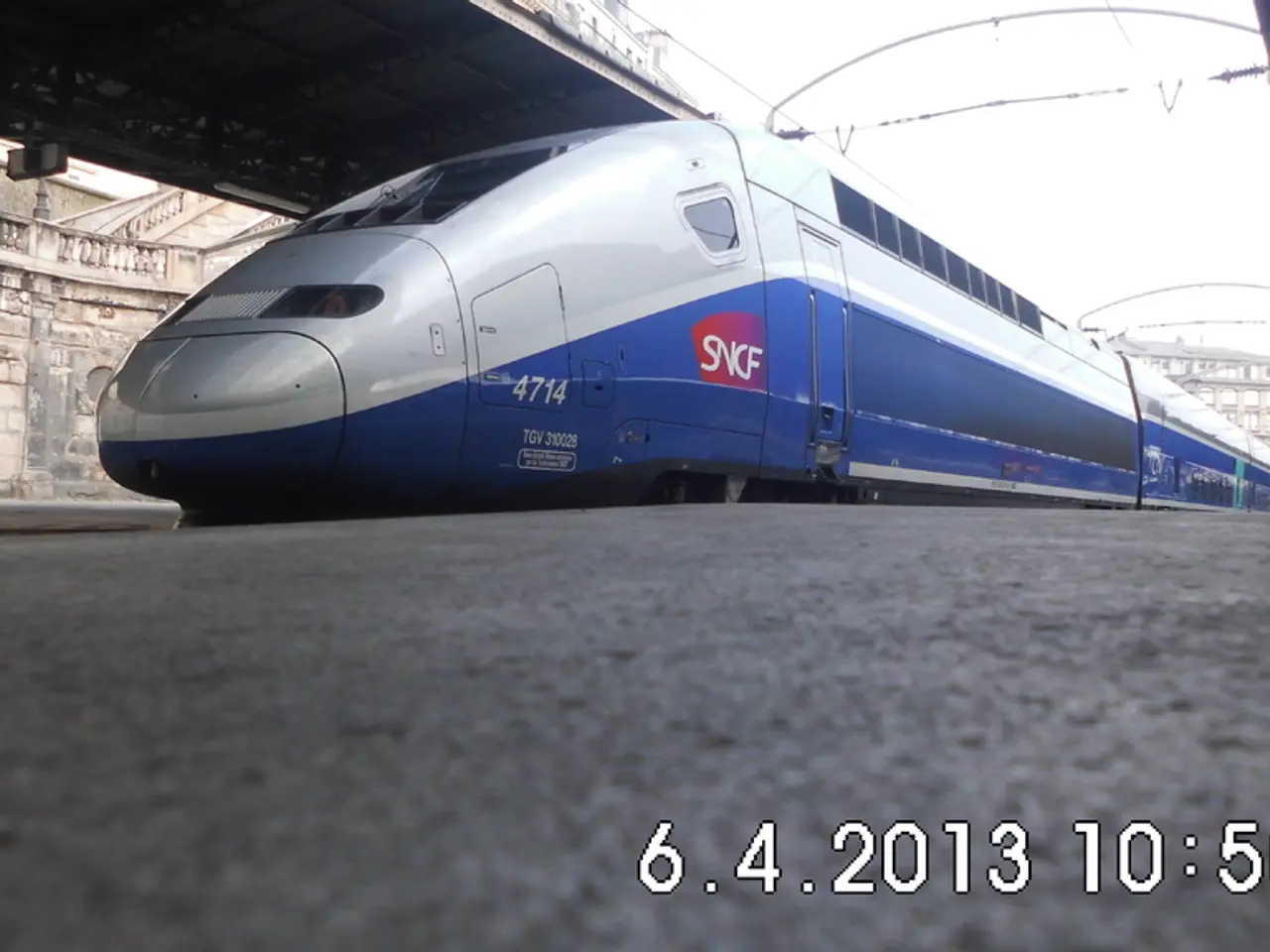Investment Opportunities via Crowdfunding: Sectors, Investments, and Gains
Crowdinvesting, a growing trend in the investment world, offers private investors the opportunity to access previously closed investment fields, participate in interesting projects, and benefit from low minimum investment amounts and short terms. But, as with any investment, it comes with its own set of advantages and disadvantages.
Pros:
- Low entry barriers: With as little as €100, investors can start their crowdinvesting journey, making it accessible to beginners and those with limited capital.
- Portfolio diversification: Crowdinvesting includes private equity, real asset loans, and other instruments that do not correlate strongly with public stocks or bonds, potentially smoothing overall portfolio volatility and improving risk-adjusted returns.
- Potential for high returns: Early-stage equity and loans accessed via crowdinvesting have historically yielded attractive returns (mid-teens IRRs or 9-11% annual interest), often outperforming many public market benchmarks.
- Engagement opportunities: Investors often gain perks like voting rights, community forums, and better transparency with direct deal documents and progress updates, fostering a sense of ownership beyond passive investing.
- Democratization of asset classes: Real estate crowdfunding allows non-accredited investors to access real estate projects without managing properties or needing large capital amounts.
Cons:
- High risk of loss: Many start-ups seeking crowdfunding are early-stage and of lower quality; investors risk losing their entire investment.
- Illiquidity: Investments are typically illiquid, with limited ability to sell stakes before predefined exits, especially in real estate where exit strategies are collective and inflexible.
- Limited control and influence: Individual stakes are small, diluting investors’ influence over project decisions or management.
- Information and transparency constraints: Investors often rely on platforms for updates and may not get real-time or comprehensive details, sometimes receiving only summaries, which can impede thorough understanding.
- Fee structures: Crowdfunding platforms charge fees on profits or capital, which can reduce net returns.
- Operational risk: Crowdinvestments carry non-financial risks like founder disputes or management changes that can affect performance and recovery chances.
- Regulatory and thematic limitations: Some platforms do not perform risk screenings relating to Sharia compliance or other ethical filters, potentially exposing investors to unwanted business practices.
When choosing a crowdfunding platform, it is important to ensure that the company is based in Germany, has been in existence for several years, and has a track record of successfully funded projects.
Crowdinvesting in renewable energy projects can generate returns and contribute to the environment, but it comes with its own set of risks. Total loss is a risk if the supported project goes bankrupt or changes in legislation drastically alter the feed-in tariff. It's important to consider if the project is a proven business model, tied to the feed-in tariff, and if the investment conditions are understood.
Investing in startups through crowdinvesting is extremely risky, as even experts cannot predict whether a product will establish itself on the market within the investment term. When looking for an investment in startups, it's important to check the development stage of the startup, scrutinize the business plan and chosen business model, and question the founders' competencies.
Crowdinvesting in collectibles like pieces from the estate of entertainment stars, props from famous films, sports jerseys, LEGO figures, valuable wines, or rare whiskies is a new investment opportunity for small investors. However, high fees, unpredictable actual yield, difficult-to-understand pricing, high costs for proper and secure custody, risk of loss, potential taxation as a private disposal transaction, often unpredictable term, and sale of shares before term end often difficult or only possible at a discount are disadvantages of this type of crowdfunding.
Important intermediaries in the field of crowdfunding for sustainable energies include Bettervest, LeihDeinerUmweltGeld, Econeers/OneCrowd, and Green Vesting. In the startup sector, Seedmatch/OneCrowd, Conda, and Invesdor are key players. There is a trend to use blockchain technology to facilitate transactions and increase security and transparency for investors in crowdinvesting.
World ETFs, such as the MSCI World or MSCI ACWI indices, and fixed-term deposits are alternatives to crowdfunding with less risk and a high average annual return above the inflation rate.
The risks associated with crowdinvesting are higher than with other investment options, as there is no deposit protection and investors can lose all their invested money. The disadvantages of crowdinvesting include the risk of total loss, no possibility of early cancellation, no influence on entrepreneurial decisions, and sometimes little transparency about the status of the project.
Despite these challenges, crowdinvesting remains popular among investors, with over €1 billion having been invested in German crowdinvest projects from 2011 to 2023. The trend is expected to continue as more investors seek out alternative investment opportunities and the industry continues to evolve, integrating new technologies and practices to enhance security and transparency.
- For those interested in finance and investing, the low entry barriers and potential for high returns in crowdinvesting can make it an appealing option, especially for testing out new investment strategies.
- On the flip side, investors need to be aware of the disadvantages associated with crowdinvesting, such as high risk of loss, illiquidity, and limited control, especially when venturing into areas like renewable energy or collectibles.




